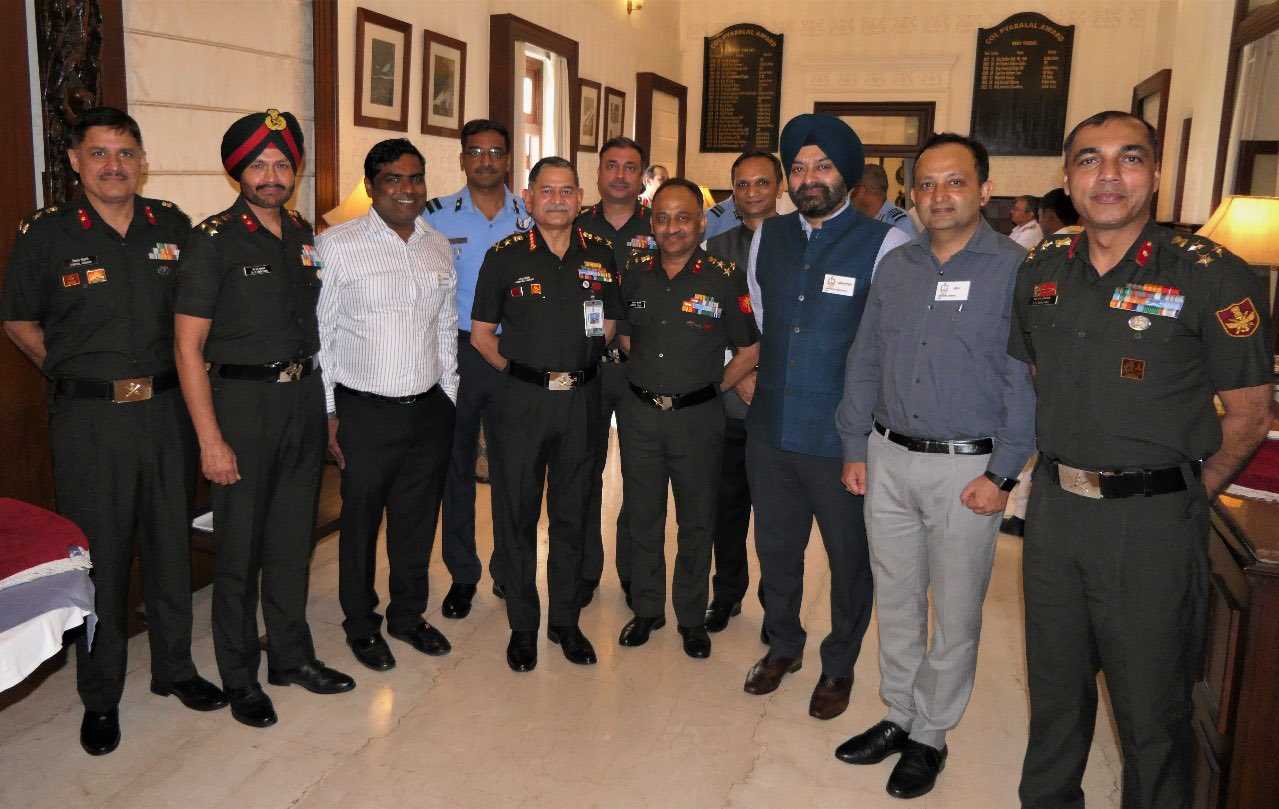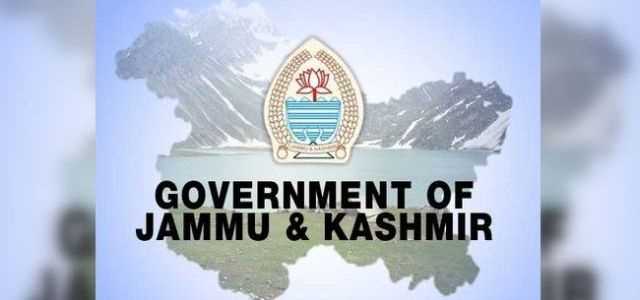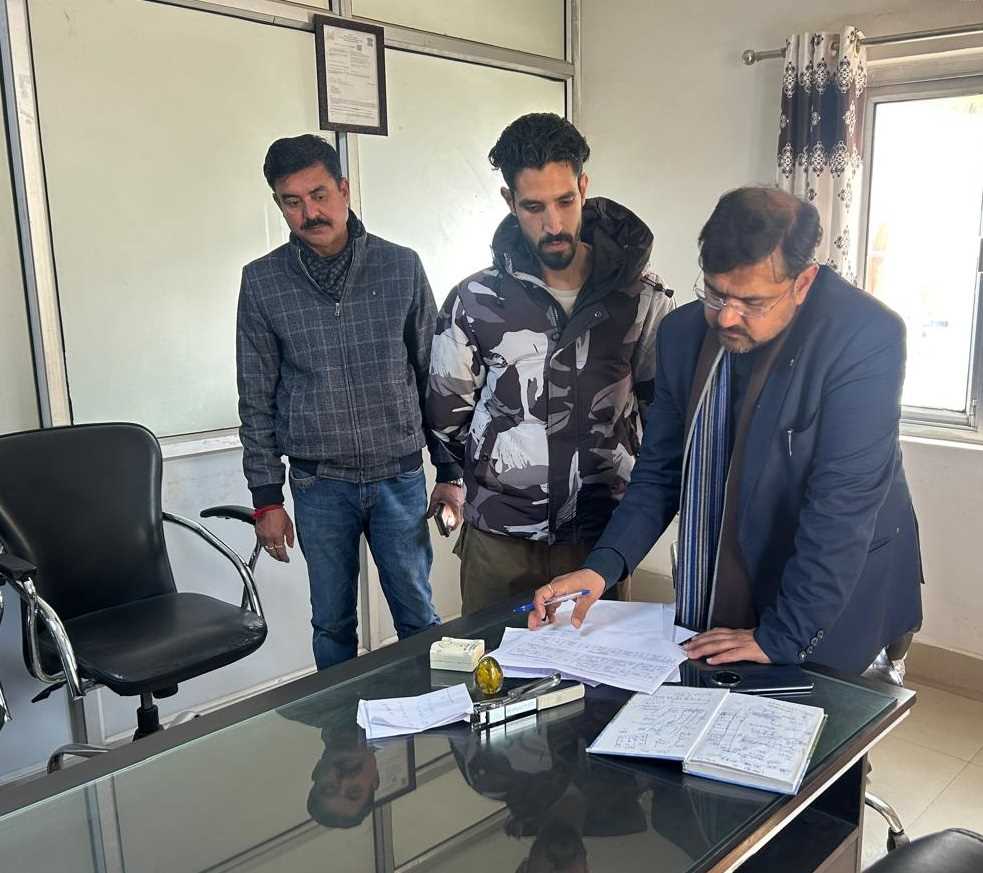The Chief of Army Staff (COAS) addressed the distinguished participants of the 64th National Defence College (NDC) Course, presenting a vision for the Indian Army's future. Speaking on “Decade of Transformation: Indian Army in Stride with the Future and Nation Building,” the COAS emphasised the Indian Army’s mission to become a future-ready force aligned with India's vision of "Viksit Bharat@2047."
Key Highlights of the Address:
The COAS underscored the alignment of the Army's transformative goals with India's national aspirations, stressing the Army’s commitment to becoming a technologically advanced, adaptive, and self-reliant force capable of addressing complex future challenges.
Five Pillars of Transformation:
Jointness and Integration
The COAS outlined a phased approach to enhancing jointness across the armed forces. Jointness 1.0 focused on integrating acquisition planning, courses, and operational joint logistic nodes, with three fully operational and four more in progress. Bases and amenities are being shared across services, with Mumbai emerging as a Tri-service station. In Jointness 2.0, progress was made in aligning doctrines, SOPs, and creating joint maintenance organisations for major platforms. Approximately 180 fields for jointness have been identified, with 30% completed and acceleration underway. Anticipating Jointness 3.0, the Army aims to expand Common Operational Planning Process, tech sharing, and resources like UAVs and ISR systems. Efforts to integrate the Central Armed Police Forces (CAPFs) are ongoing, enhancing interoperability on the Northern Front and driving cost efficiency.
Force Restructuring
To optimise warfighting capabilities, the Army’s restructuring includes Rebal 1.5 to refine command, control, and training, with Rebal 2.0 focused on adapting structures for emerging DIME (Diplomatic, Informational, Military, Economic) interdependencies. Key initiatives include, establishing Integrated Battle Groups for the Mountain Strike Corps., Forming specialised units like the Signals Technology Experimentation & Adaptation Group (STEAG), which developed secure SAMBHAV mobile networks; expanding cyber, electronic warfare, and intelligence units; along with the Army Knowledge & Enabler Corps for linguistic and cyber skills.
The Army is also standardising Artillery Regiments with 155mm guns and enhancing roles for Territorial Army units. New ISR, Special Operations, and Aviation Assault Brigades, along with specialised drone teams, are in development for greater operational agility.
Modernisation and Technology Infusion
The Indian Army is advancing its modernisation efforts to prepare for future conflicts through enhanced capabilities across weapons, systems, and logistics, adaptable for high-altitude and diverse terrain operations. For the infantry, the focus is on creating "SMART Soldiers" equipped with F-INSAS systems, advanced mobility vehicles, and night combat capabilities. Surveillance is being strengthened with nano drones, satellite systems, and dedicated R&D centres for drone development. Precision fire capabilities are being refined with a focus on accuracy, long-range munitions, and effective post-strike assessments. Communication upgrades include Software Defined Radios, SAMBHAV networks, and anti-drone technology, alongside new platforms like light tanks and swarm drones. Logistics efficiency is being enhanced with the use of logistic drones and robotic mules, with a tri-service approach to inventory management.
Recognising the rapid pace of technological change, the Army is actively involved in national tech missions, developing AI and high-power computing capabilities. Training programs have been expanded with additional tech-focused courses and specialized officer roles to foster a force of "techno-warriors," adept at leveraging advanced innovations in defence.
Systems, Processes, and Functions
The Army is streamlining systems and processes for greater efficiency by de-layering structures, digitizing operations, and embracing automated solutions. Key initiatives include a data-centric approach to support AI, a revived Decision Support System (CIDSS) for predictive analysis, and a fusion of operational and administrative applications. Decentralized decision-making is also being enhanced at divisional levels with central digital monitoring and advanced training tools like simulation and virtual reality.
In procurement, measures to reduce timelines include concurrent activities, inventory rightsizing, and accelerated indigenous procurement. Efficiency techniques such as Kaizen are being applied, beginning with the CSD system. Additionally, deputation exposure across government agencies aims to improve decision-making, while expanded information operations and modernized social media channels help officers with narrative-building. Traditional practices are also being reviewed to align with evolving military values.
Human Resource Management
COAS highlighted the focus on developing a skilled and inclusive force. Key efforts include the Agnipath scheme to attract talent, expanded tech training for “Techno Warriors,” and increased M.Tech slots. Women’s roles are expanding in combat and support, with gender-neutral standards under review.
To address retention and recruitment, the Army is enhancing Short Service Commission options and refining selection to reduce officer shortages. Veteran support remains a priority with Project NAMAN expanding to 200 locations and the Shaurya Sampravaha program engaging veterans in transformation efforts and nation-building initiatives, leveraging their skills in civilian sectors.
Commitment to Nation-Building and Self-Reliance
The COAS stressed the Army’s role in India’s journey toward self-reliance, noting that 85% of acquisitions are from Indian industries. The Army is a major contributor to the Positive Indigenization Lists and aims to achieve complete ammunition indigenization by 2030. Initiatives also include border area development, environmental conservation through Eco Task Forces, and defence diplomacy to bolster India’s strategic global presence.
The COAS affirmed that the Indian Army’s transformation aligns with India’s growth ambitions. By building a technologically empowered, agile, and resilient force, the Army will play a central role in the realization of "Viksit Bharat@2047," remaining a key pillar of national power and a net security provider in the region.
The COAS concluded with best wishes for the 64th NDC Course participants, emphasising their vital role as future policy and decision-makers advancing India’s vision for the future.






